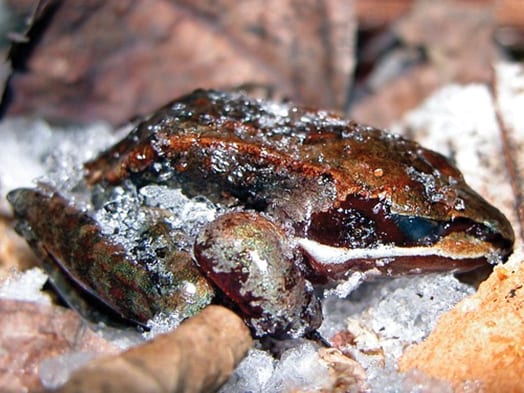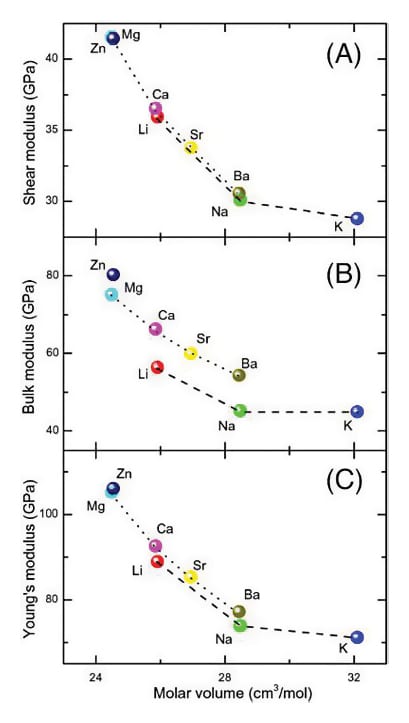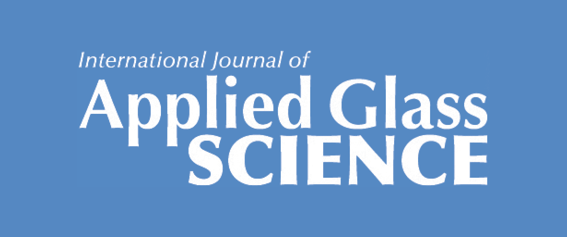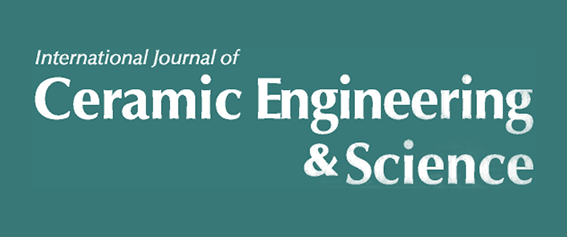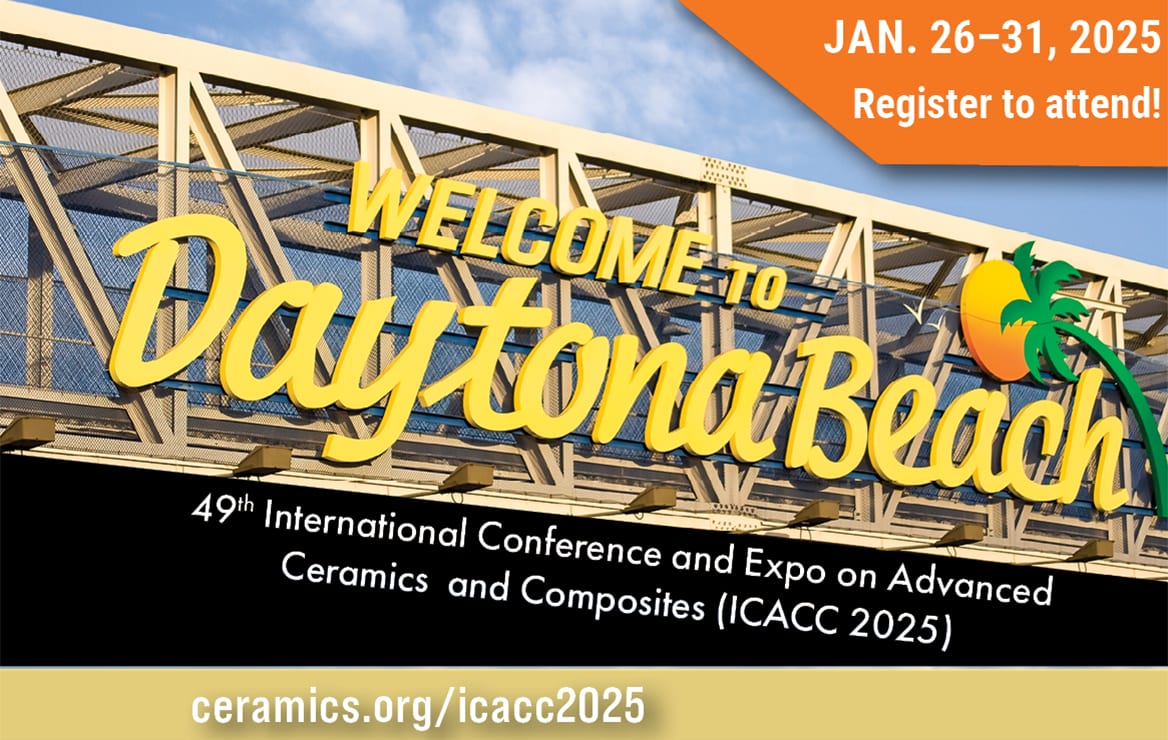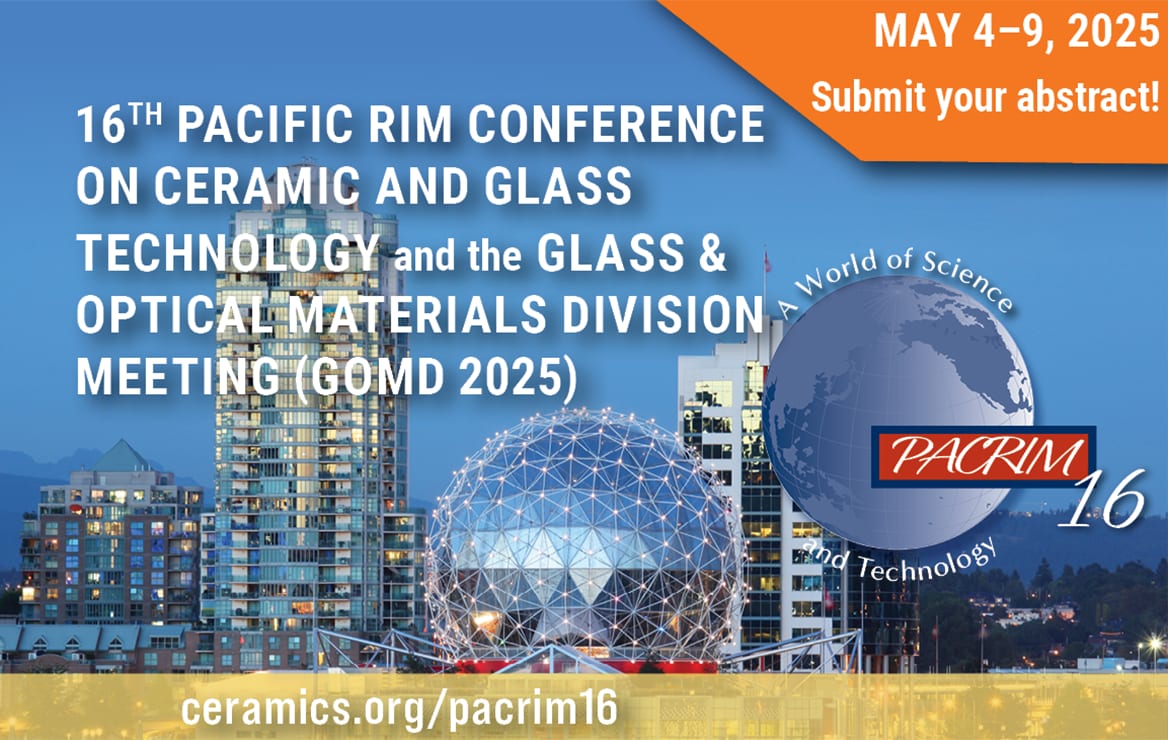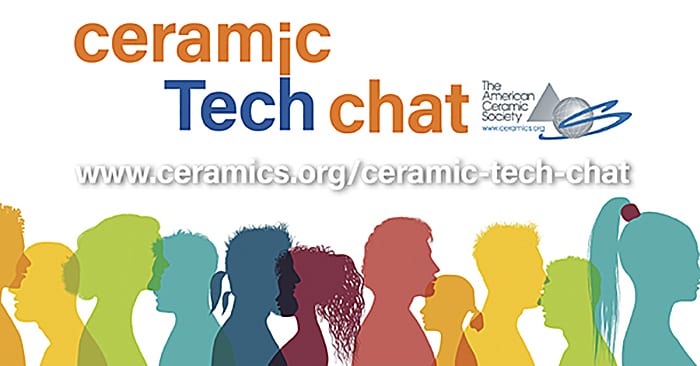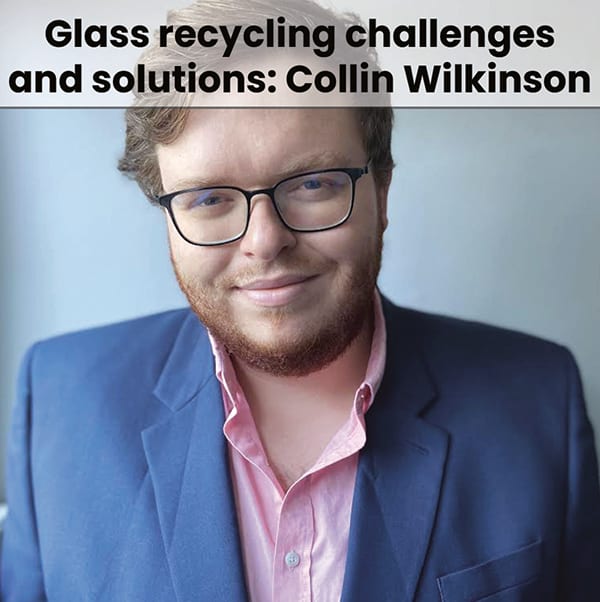
The freeze-tolerant wood frog and its contribution to long-term organ storage
Wood frogs can freeze and thaw themselves completely unharmed, and this unique ability could help revolutionize the organ transplant industry by inspiring methods for long-term storage of organs.
Credit: Jan Storey, U.S. National Science Foundation
In this month’s ACerS Journals Topical Collection, “Advances to processing of bioactive and bioinspired ceramics, glasses, and composites,” we explore the processes that researchers are using to fabricate biomaterials. View the collection at this link.
In addition, the articles below represent a few recent articles published in ACerS journals on the topic of sustainability.
Credit: Li et al., IJAGS
- High-modulus glass fiber for wind renewable energy generation: Selective review on the recent research and development
By H. Li, G. Demirok, S. Atilgan, et al.
International Journal of Applied Glass Science - Technoeconomic feasibility of photovoltaic recycling
By B. Crespo, C. Cavanaugh, A. Potter, et al.
International Journal of Applied Glass Science - Effective thermal conductivity of fiberglass insulation
By M. K. Choudhary and W. Eastes
International Journal of Applied Glass Science - Impact of impurities on the thermal properties of a Li2S–SiS2–LiPO3 glass
By J. Wheaton and S. W. Martin
International Journal of Applied Glass Science
Upcoming meetings
View the full event calendar at this link.
Ceramic Tech Chat: Collin Wilkinson
Hosted by ACerS Bulletin editors, Ceramic Tech Chat talks with ACerS members to learn about their unique and personal stories of how they found their way to careers in ceramics. New episodes publish the third Wednesday of each month.
In the August 2024 episode of Ceramic Tech Chat, Collin Wilkinson, assistant professor of glass science at Alfred University, shares how he became interested in glass recycling challenges, describes how he uses both modeling and experimentation to develop sustainable solutions, and discusses the importance of involving undergraduate students in the research process.
Check out a preview from his episode, where he where he talks about how to set up an undergraduate research program.
“So, the first thing you should know if you would like to start an undergraduate research program is that from a papers-published standpoint, you’re not necessarily there. And that’s okay. But from like an impact standpoint, it’s really high because it’s very clear that students who engage in the program are very quickly learning whether they want to do science or not. And if they do, they realize really quickly what it’s like. And so for many of them, you can watch them grow in the course of a summer more than you’ve seen them grow in like two years.”
Listen to Wilkinson’s whole interview—and all our other Ceramic Tech Chat episodes—at this link.
